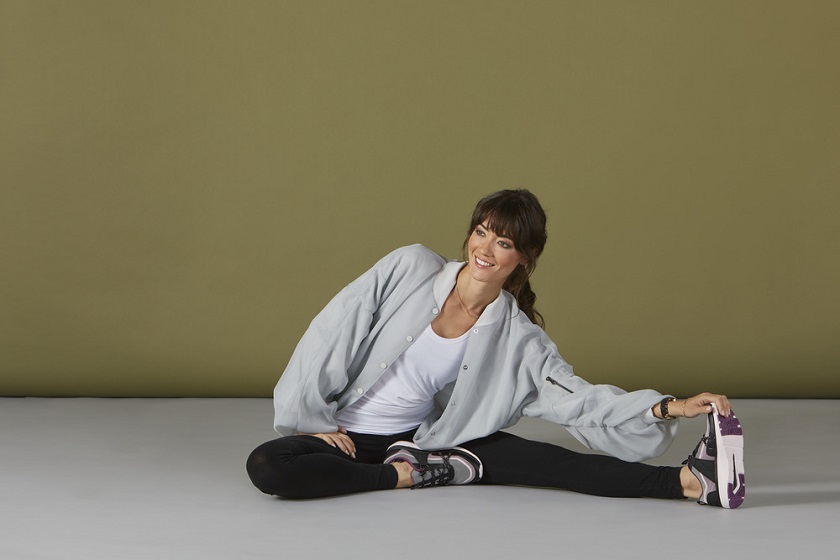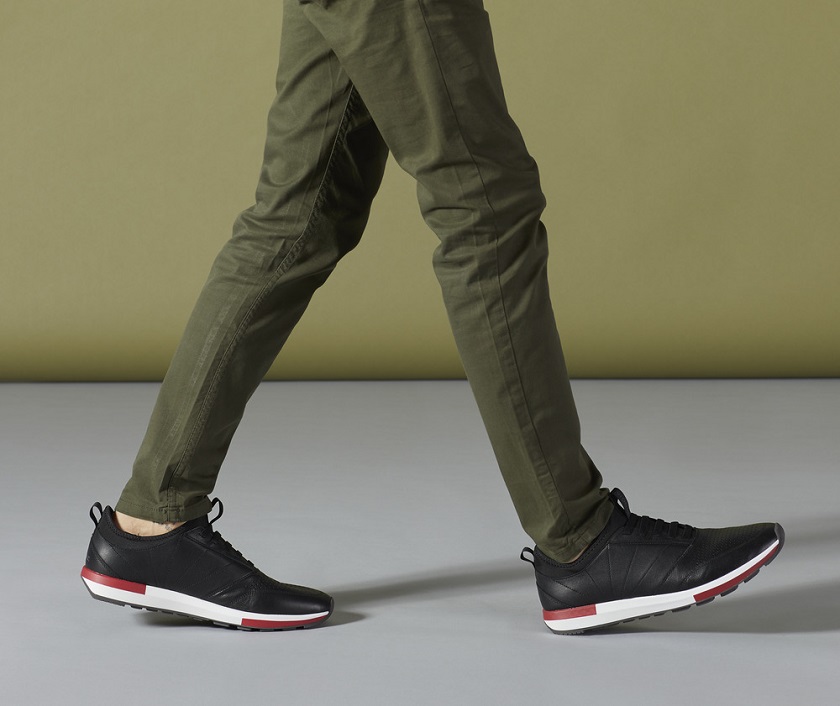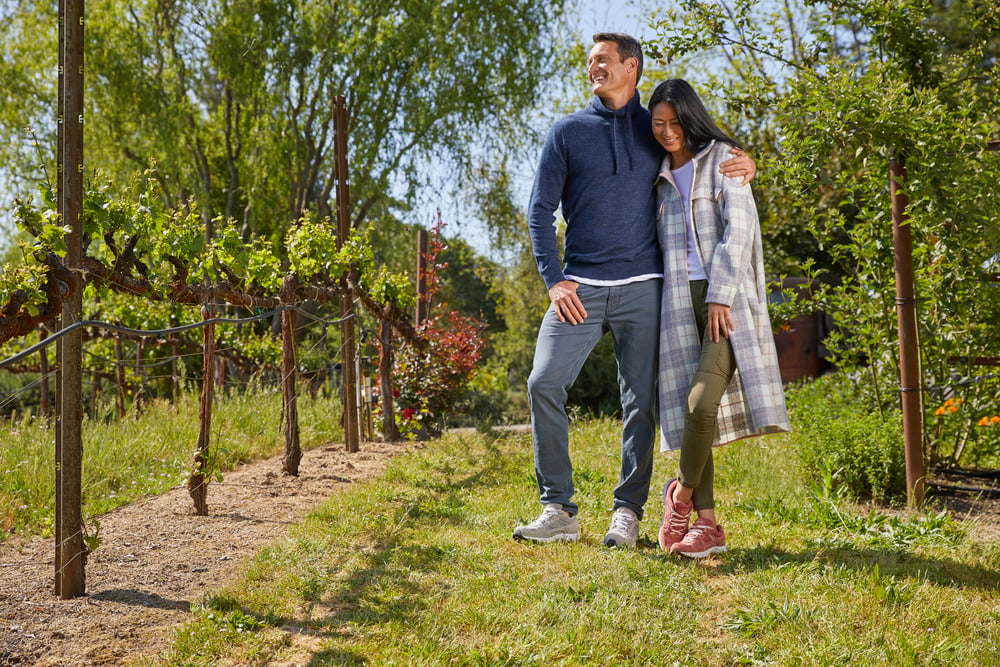
There’s no denying the importance of living an active lifestyle. The CDC (Centers for Disease Control and Prevention) recommends 150 minutes of physical activity a week for maintaining good health, but what does this mean, exactly?
The health benefits of regular exercise include:
- Weight loss and weight maintenance
- Reduced body fat
- Increased muscle mass and overall strength
- Improved cardiovascular health
- Enhanced physical endurance
- Improved balance and coordination
- Lowered blood pressure
- Increased energy levels
- Better sleep
- Improved mental health and reduced stress levels
- Strengthened immune system
- Lowered risk of various health conditions, like high blood pressure, type 2 diabetes, heart disease, and cardiovascular disease
Want to be more active or lose weight but not sure how to work out or even where to begin? You’ve come to the right place. Whether you haven’t worked out since participating in team sports in high school, are struggling to get back into daily movement, or are a complete exercise novice and wondering how to improve your health, this beginner’s guide to exercise has all the tips and insight you need. Vionic has a range of walking shoes for women and walking shoes for men to get you started on this journey.
How to Start Working Out: 11 Tips
While nearly everyone can benefit from physical activity, there’s no one-size-fits-all way to go about it. Not only that, but it doesn’t have to be particularly challenging, complicated, or even time-consuming. Find helpful tips on how to work out below.
Start Slow
To avoid burnout, injury, and excessive muscle soreness, it’s best to start slow. Though everyone is different, this might mean working out just twice a week the first month, then adding an additional day every few weeks.
Besides how often you exercise, you’ll want to gradually increase the length and intensity. For instance, maybe you do 20-minute beginner’s fitness level workouts the first month, then bump it up to 30 minutes. After that, move to an intermediate level, then try longer workouts.
Check With Your Healthcare Provider
We strongly recommend consulting with your healthcare provider before embarking on any new workout regimen. They’ll be able to tell you what to expect in terms of your weight loss journey, whether you need to modify your workouts, and if any particular activities should be avoided.
Get Dumbbells and a Mat
Not all workouts call for dumbbells and a mat. However, there are endless moves you can do with these basic pieces of gym equipment. We suggest starting with a light weight dumbbell between 3 and 5 pounds each and a semi-thick mat to cushion your spine and knees during floor exercises.
Explore Different Workouts
From barre, Zumba, or a hot yoga workout to weight training, boxing, and HIIT (high-intensity interval training), there are virtually endless workouts out there. While you might feel overwhelmed with choice, the good news is that you’re bound to find one you truly enjoy.
Go on a hike, try jogging or speed-walking, and take a few fitness classes until you find something that sticks. It can be fun to explore various workouts, plus you never know what you’ll end up liking. For more on a walking for weight loss plan, visit our website today for tips from our experts!

Learn the Basics
Whether your workout of choice is strength training, kickboxing, Pilates, or a little of everything, try to learn the basics before going full-throttle. Take beginner classes, do a tutorial, research different moves, and familiarize yourself with the major muscle groups. Proper form when squatting, punching, or lifting will help you avoid injury and allow you to eventually advance to harder levels.
Try Streaming Classes
We’re living through the golden age of at-home workouts. With an abundance of streaming classes, workout apps, and live sessions you can take in the comfort of your home, many people are canceling their gym memberships and going virtual with their home workout routines.
You don’t necessarily need to buy any fancy equipment or have a designated home gym either. There are tons of cardio workout options, toning, and strength training classes that call for nothing more than your own body weight.
Find Your Prime Time
There’s much debate in the fitness community as to the best time to work out. You could make a case for the early morning, afternoon, or evening. But when it comes down to it, the best time to exercise is when you have the time and energy—which is to say, when you’re most likely to do it.
Maybe you have a free hour in the morning before your kids wake up or an hour-long lunch break. Or perhaps you feel most motivated in the evening and like to break a sweat after work. In any case, finding your prime time for exercise will help you stick to your fitness program.
Avoid Early Burnout
As we mentioned, it’s crucial to avoid burning out by doing too much too soon. It can be tempting to go all out with hour-long sessions five days a week right off the bat in an attempt to see quick results.
However, early burnout is common, and it can make you more likely to quit. If you haven’t worked out in years or are used to a sedentary lifestyle, it’s best to ease into your fitness regime so your body has time to get acclimated with working out.
Drink Plenty of Water
As much as 70% of your body is made up of water, and you lose some of it while you sweat. Drinking plenty of liquids (even on your rest days) will help you avoid dehydration, which is a health concern both in the short and long term. Additionally, it lubricates your joints, hydrates your tissues, improves digestion, and helps your body dispose of waste.
Drinking at least 70 ounces of water a day is a good place to start. You can also calculate how much you need by dividing your body weight in pounds by two, then drinking that number in ounces. For example, if you weigh 150 pounds, you’d drink 75 ounces of water every day.
Don’t Forget to Stretch
Stretching is a critical aspect of every workout plan. It helps your body cool down, releases lactic acid buildup, relaxes tense muscles, and helps you avoid delayed onset muscle soreness (DOMS).
Get the Right Gear
The right workout clothes to wear depends on the specific activity. Generally speaking, though, you’ll want to slip into comfortable styles that allow for a full range of motion. Additionally, breathable apparel with sweat-wicking properties is often ideal.
What about your feet? You’ll definitely want to have a good pair of active shoes at the ready. Your footwear should never get in the way of your exercise routine, so make sure your shoes are comfortable, breathable, supportive, and designed for movement.
The Best Active Footwear for Women and Men
To give yourself the motivation to not only start a workout routine but also stick to it and reach your fitness goals, treat yourself with a pair of athletic shoes from Vionic. We’re proud to carry an impressive selection of men’s and women’s styles, including walking shoes, active sneakers, and sporty sandals.
Podiatrist-engineered orthotics are built into every pair for ultimate arch support, stability, traction, and comfort. When you try Vionic shoes, you’ll feel the difference immediately—so don’t be surprised if you end up wanting to wear them even after your workout is complete.
Order yours today!
External sources:
- “How much physical activity do adults need?”. CDC. https://www.cdc.gov/physicalactivity/basics/adults/index.htm
- Alexa Tucker and Christa Sgobba. “How to Start Working Out If You’ve Never Exercised Before”. Self. https://www.self.com/story/steps-to-take-start-working-out-for-first-time
- Arlene Semeco. “How to Start Exercising: A Beginner’s Guide to Working Out”. Healthline. Updated Feb 8, 2021, https://www.healthline.com/nutrition/how-to-start-exercising
- “Nutrition and healthy eating”. Mayo Clinic. https://www.mayoclinic.org/healthy-lifestyle/nutrition-and-healthy-eating/in-depth/water/art-20044256
- “Fitness program: 5 steps to get started”. Mayo Clinic. https://www.mayoclinic.org/healthy-lifestyle/fitness/in-depth/fitness/art-20048269
- “Fitness for Beginners: How to Start Working out at Home”. Wired. Jan 24, 2021, https://www.wired.com/story/how-to-work-out-from-home/
- Anahad O’connor. “How to Start Working Out”. The New York Times. https://www.nytimes.com/guides/smarterliving/how-to-start-exercising
- Caroline Shannon-Karasik. “How to Start Working Out, According to Trainers”. In Style. Updated Nov 3, 2020, https://www.instyle.com/beauty/health-fitness/how-to-start-working-out



Leave a Reply